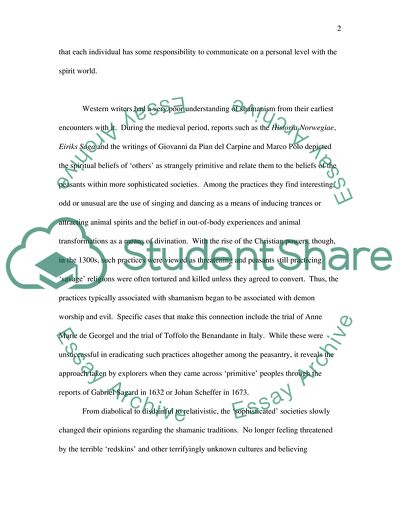Cite this document
(The Importance of Divination in History Term Paper - 1, n.d.)
The Importance of Divination in History Term Paper - 1. https://studentshare.org/culture/1712272-shamanism
The Importance of Divination in History Term Paper - 1. https://studentshare.org/culture/1712272-shamanism
(The Importance of Divination in History Term Paper - 1)
The Importance of Divination in History Term Paper - 1. https://studentshare.org/culture/1712272-shamanism.
The Importance of Divination in History Term Paper - 1. https://studentshare.org/culture/1712272-shamanism.
“The Importance of Divination in History Term Paper - 1”. https://studentshare.org/culture/1712272-shamanism.


